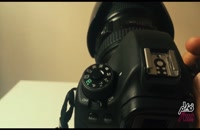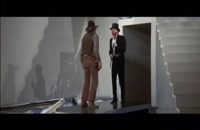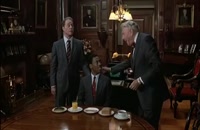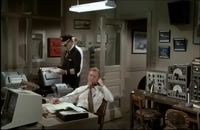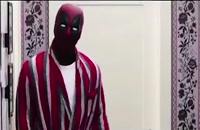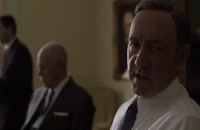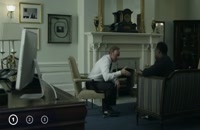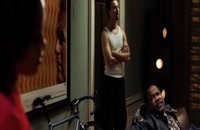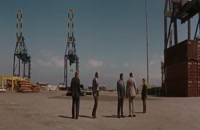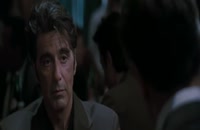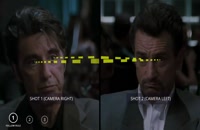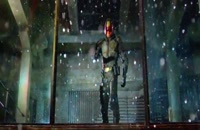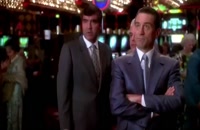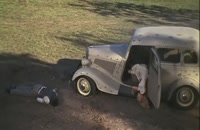عمق میدان در فیلمبرداری یعنی چه؟
لینک مقاله: http://www.se7enart.ir/news/23
Depth of Field Explained: Ultimate Guide to Camera Focus
Camera Gear Depth of field might be one of the last considerations filmmakers make when creating a shot list. But that doesn’t mean it should be ignored. In this video essay, we’re going to look at camera basics like depth of field and how camera focus is used in visual storytelling. With deep depth of field, shallow depth of field, soft focus, rack focus, split diopter lens, and tilt shift lens, each brings a different perspective to your shots. This is Episode 4 of The Shot List: Depth of Field Explained. Deep depth of field allows for action in the foreground, middle ground, and background; perfect for blocking and staging chaotic scenes like the opening shot of Gravity. Shallow depth of field helps to isolate subjects and guides the viewer’s eye with purpose and meaning — it’s also a great way to get that bokeh effect. Moonlight is full of shallow depth of field cinematography, bringing an extreme level of intimacy to the Chiron’s emotional journey. Soft focus can be used in dream sequences or flashbacks to give the cinematography a nostalgic glow, like Spielberg did throughout A.I. Artificial Intelligence. A rack focus is a great way to use shallow depth of field to make connections between subjects without needing to cut. Often using a follow focus controller, the focus puller can achieve even the most complicated shots, like in Bong Joon-ho’s The Host. The split diopter lens is ideal when you want to isolate foreground and background subjects simultaneously. Auteurs like Brian De Palma and Quentin Tarantino use split diopter shots all the time, including some stellar examples in The Hateful Eight. And, finally, we have the tilt shift lens. Tilt shift shots are rarely used in filmmaking because they can produce pretty radical images. In the Coen Brothers’ A Serious Man, cinematographer Roger Deakins was able to shoot the bar mitzvah scene by visualizing Danny’s marijuana-influenced perspective. Directing and cinematography are all about using images to tell a story
Depth of Field Explained: Ultimate Guide to Camera Focus
Camera Gear Depth of field might be one of the last considerations filmmakers make when creating a shot list. But that doesn’t mean it should be ignored. In this video essay, we’re going to look at camera basics like depth of field and how camera focus is used in visual storytelling. With deep depth of field, shallow depth of field, soft focus, rack focus, split diopter lens, and tilt shift lens, each brings a different perspective to your shots. This is Episode 4 of The Shot List: Depth of Field Explained. Deep depth of field allows for action in the foreground, middle ground, and background; perfect for blocking and staging chaotic scenes like the opening shot of Gravity. Shallow depth of field helps to isolate subjects and guides the viewer’s eye with purpose and meaning — it’s also a great way to get that bokeh effect. Moonlight is full of shallow depth of field cinematography, bringing an extreme level of intimacy to the Chiron’s emotional journey. Soft focus can be used in dream sequences or flashbacks to give the cinematography a nostalgic glow, like Spielberg did throughout A.I. Artificial Intelligence. A rack focus is a great way to use shallow depth of field to make connections between subjects without needing to cut. Often using a follow focus controller, the focus puller can achieve even the most complicated shots, like in Bong Joon-ho’s The Host. The split diopter lens is ideal when you want to isolate foreground and background subjects simultaneously. Auteurs like Brian De Palma and Quentin Tarantino use split diopter shots all the time, including some stellar examples in The Hateful Eight. And, finally, we have the tilt shift lens. Tilt shift shots are rarely used in filmmaking because they can produce pretty radical images. In the Coen Brothers’ A Serious Man, cinematographer Roger Deakins was able to shoot the bar mitzvah scene by visualizing Danny’s marijuana-influenced perspective. Directing and cinematography are all about using images to tell a story

